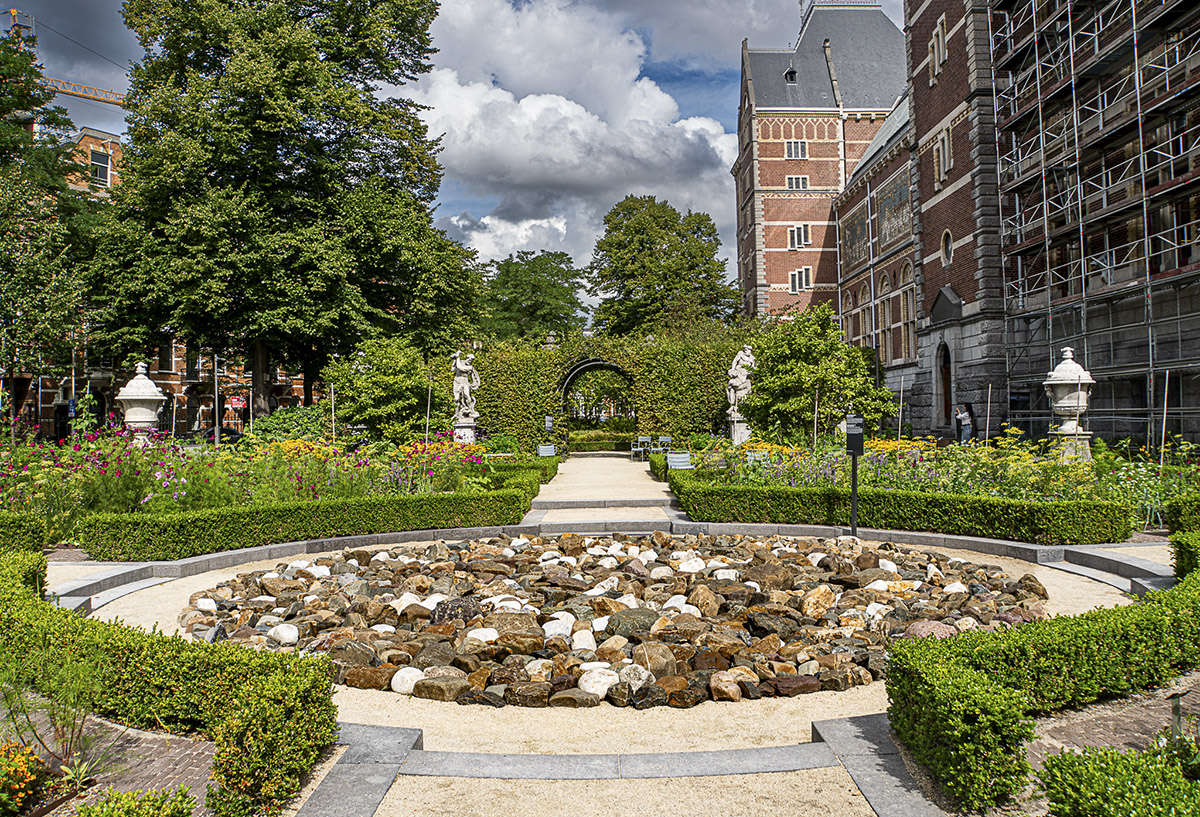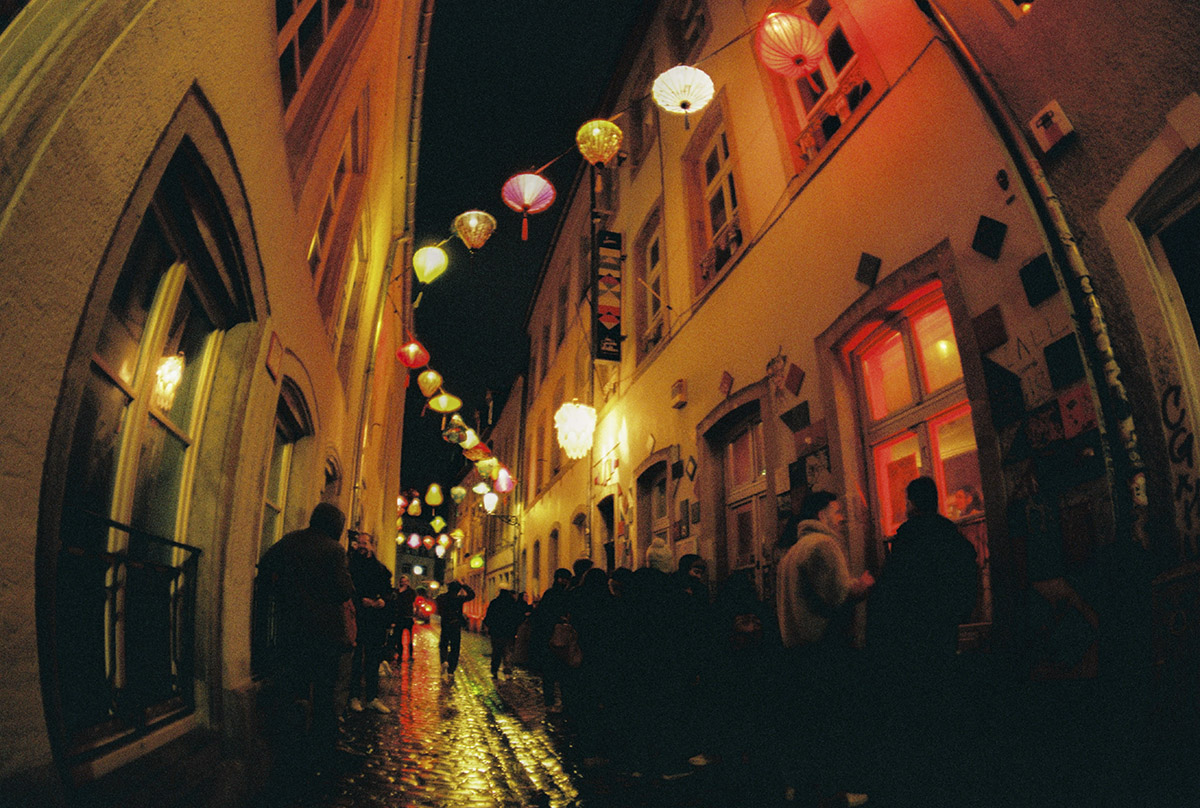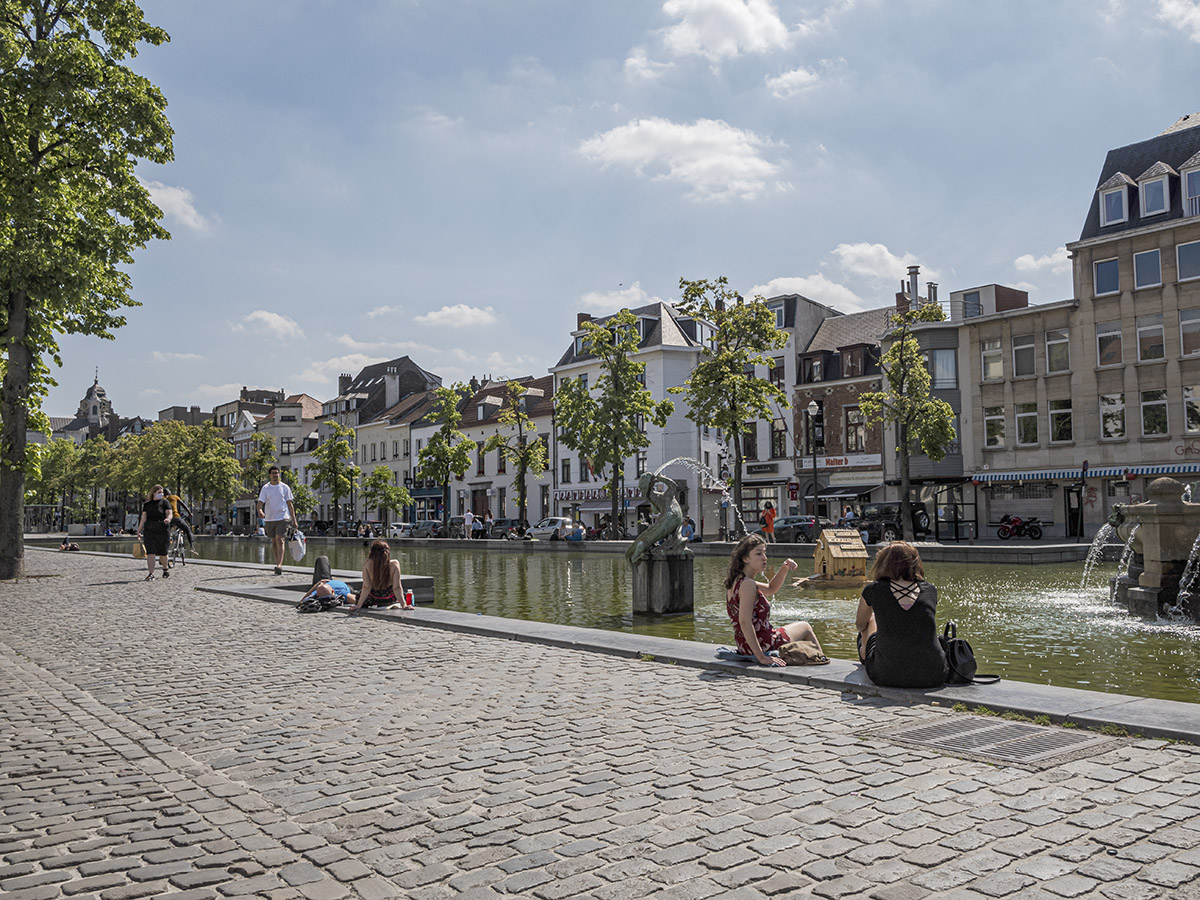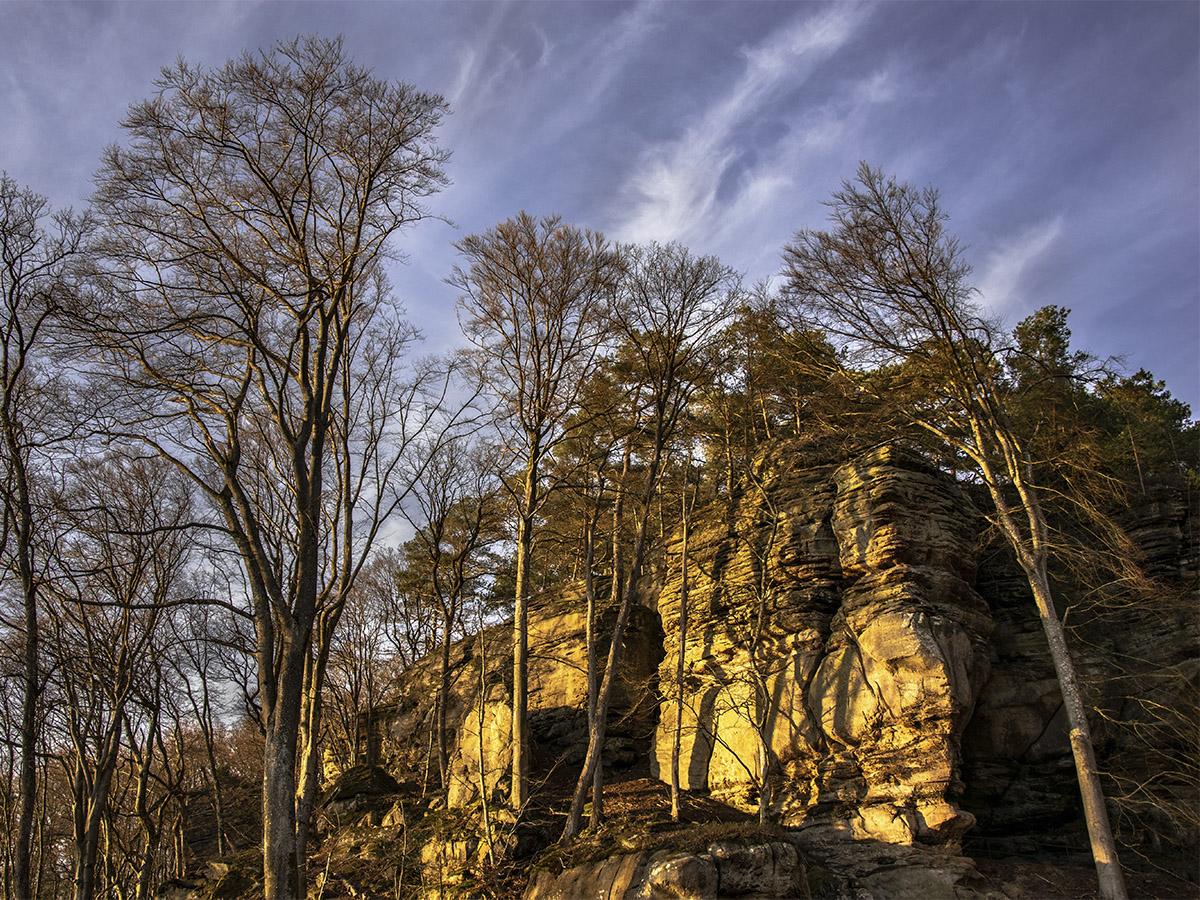Ghent’s eye-catching City Pavilion
TEXT: ALISON NETSEL
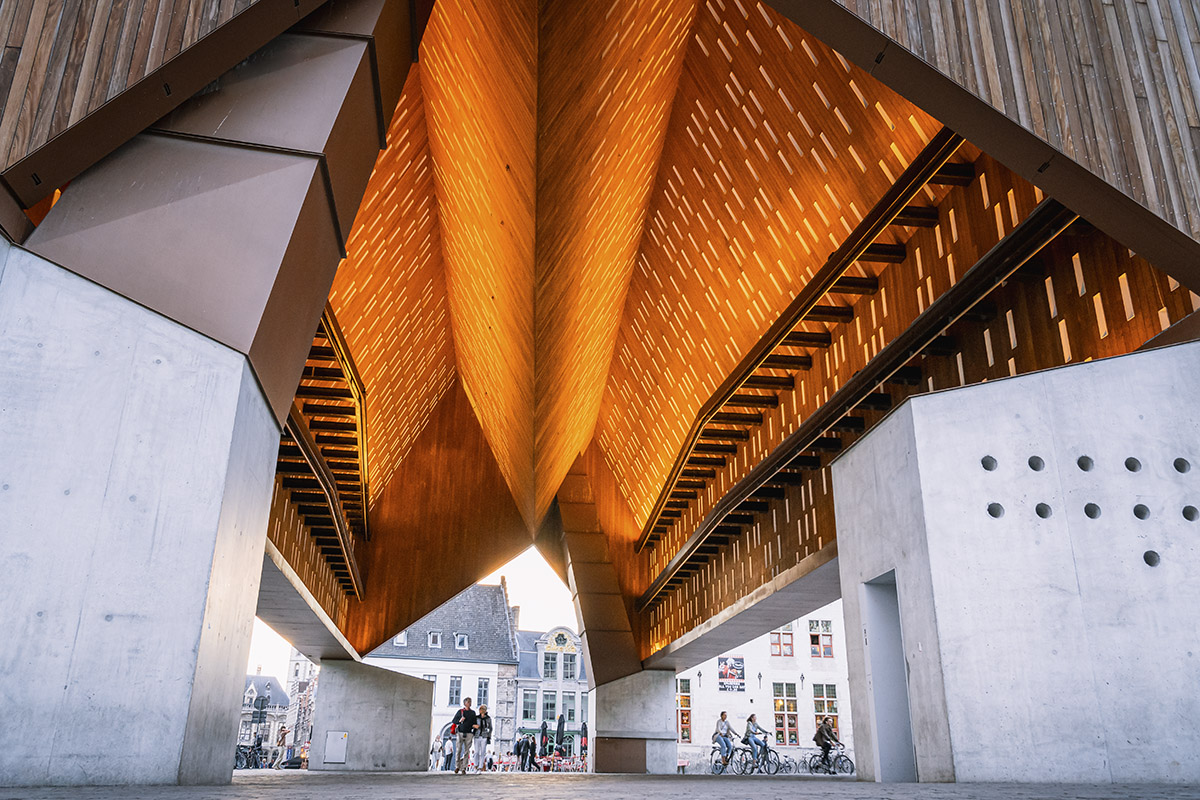
Photo: Stad Gent - Dienst Toerisme
Love it or hate it, the City Pavilion in Ghent, Belgium, is unmissable. Though seemingly out of place at first glance, the pavilion often grows on viewers as they start to see its relation to the buildings surrounding it. It is a modern structure in an old city, representing the continued growth and liveliness of Ghent.
The City Pavilion, designed by the architects Robbrecht & Daem/Marie-José Van Hee, stands in the heart of Ghent’s centre. Constructed from 2010 to 2012, on Emile Braun Square, it is part of the city’s larger plan to redevelop public spaces in the old city centre, turning many parking lots into true public spaces that everyone can use.
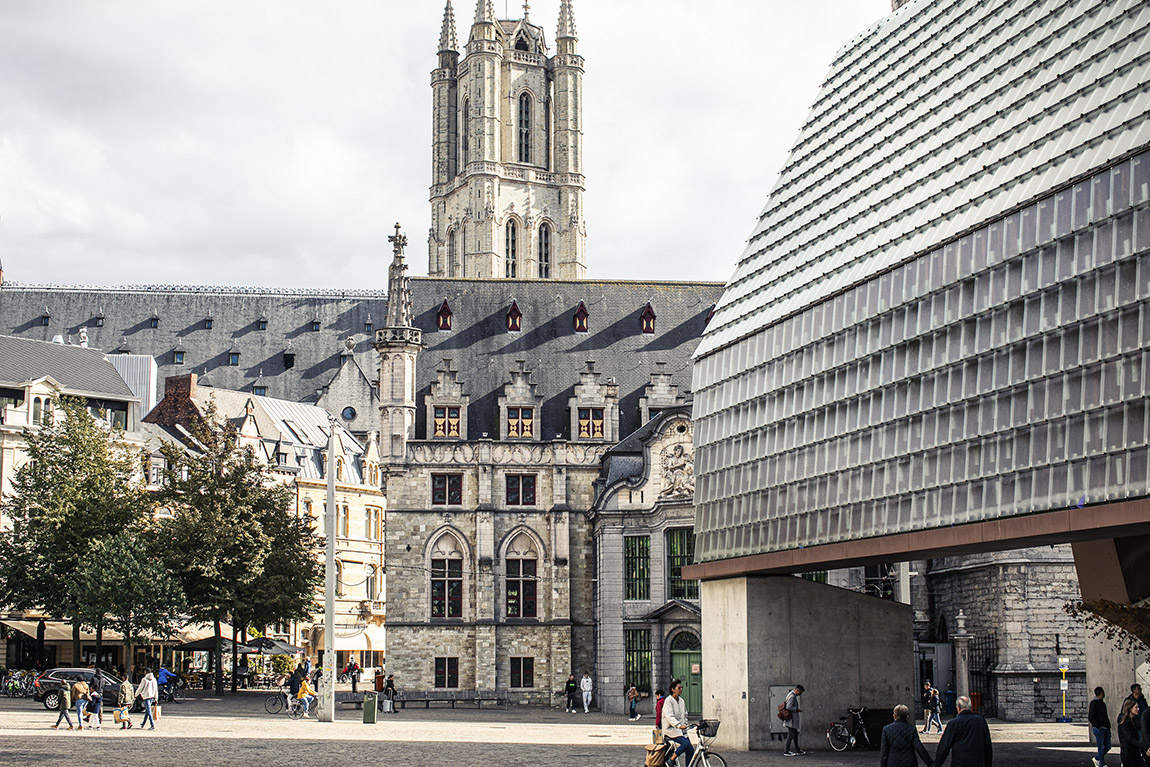
Ghent City Pavilion. Photo: Stad Gent – Dienst Toerisme
The modern structure has drawn criticism for not blending with the older architecture of the city. Yet the architecture surrounding the pavilion is a mix of styles and time periods as well. The city hall itself combines Gothic, Renaissance and more traditional Benelux architectural styles, and can be just as jarring at first glance. The pavilion sits next to the city hall and, in fact, its double-arched roof pays homage to the double-gabled roof of the city hall, presenting a modern take on a traditional form of architecture.
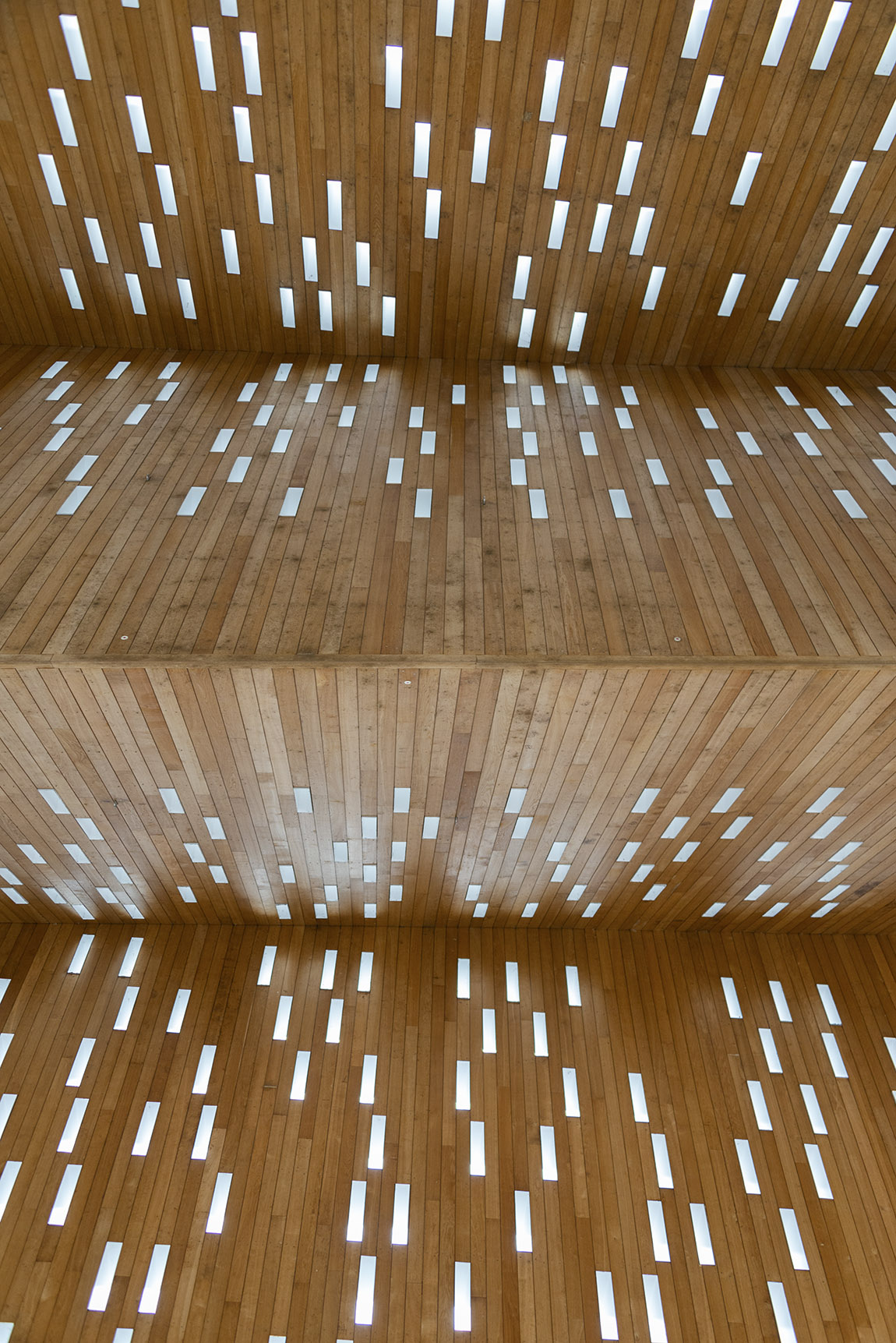
Interior detail. Photo: Lisa Knockaert
Built to blend
The City Pavilion is a large structure, but was designed and built in relation to the surrounding buildings. The architect, Paul Robbrecht, explained that the pavilion was built according to the principles of Renaissance architecture and proportion, and that the scale was based on the surrounding buildings. Despite its modern appearance, it is meant to ultimately blend into its surroundings, becoming an integral part of the overall square.
The canopy roof is a steel construction that sits atop four concrete plinths that are four meters high and contain two lifts to the underground level. There’s even a fireplace and chimney that are part of one of the four plinths. The canopy is 40 meters long, 15 meters wide and 20 meters high, and is covered in Afrormosia wood (a hardwood with a yellow-brown colour and dark veins). The wood, in turn, is covered with more than 3,000 glass tiles. The glass is meant to protect the wood, but also absorb the colours of the sky and the surroundings, ensuring a constantly changing view. Within the wooden canopy are 1,4000 small windows that let light into the covered area, once again, always changing with the shift of the natural light. At night, there are rows of lights that illuminate the open area below.
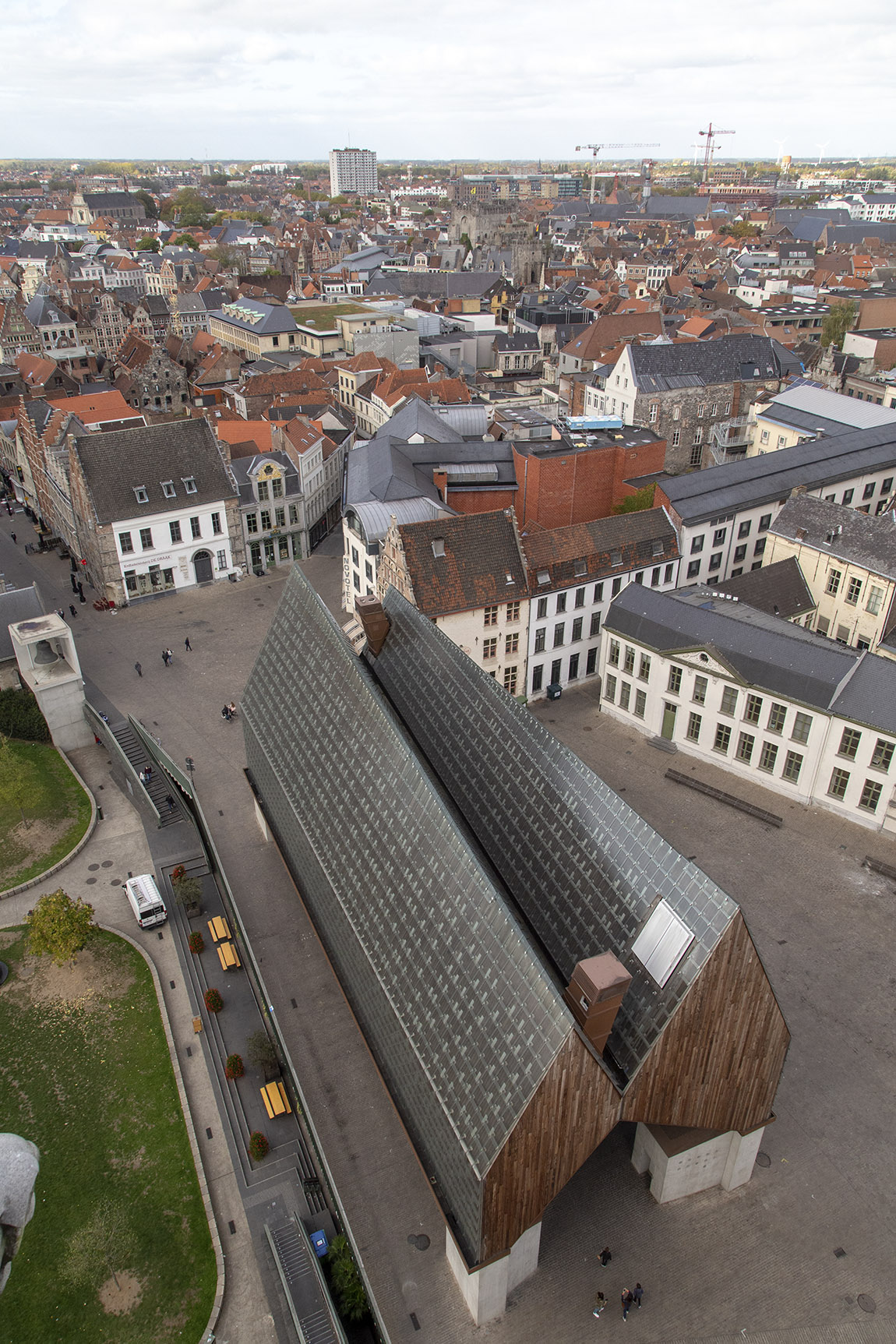
Aerial view. Photo: Tom Parnell from Scottish Borders, Scotland
More than cover
The pavilion fits the standard dictionary definition of a decorative building used as a shelter in a park or large garden. It frequently hosts (and has all of the technology needed for) a wide variety of events such as concerts and markets. Additionally, it serves as a welcome place to shelter from the sun or the rain.
Beneath the pavilion is the Grand Café SGOL, with Italian-inspired dishes as well as local cuisine and something for everyone – even dogs! There is also a city bike rental (connected to the pavilion) where you can rent a variety of bikes for €13 a day or free with the CityCard Gent.
The City Pavilion sits amid St. Nicholas Church, city hall and the Ghent Belfry. Behind the church and leading towards the pavilion is an urban park known as The Green, where residents and visitors alike often stroll, sit for a while, relax, read, gather with friends and enjoy the scenery. The Green is located on a lower level from the Pavilion and surrounded by a stone wall. Stairs and ramps outside the pavilion lead down to the sloped green area, and diagonal crosswalks inside the park link to various surrounding shopping streets.
Part of The Green’s scenery includes the Fountain with Kneeling Youth, a sculpture of five naked youths gazing down into the fountain they surround. The artwork is from 1937 by artist George Minne. Though the naked figures caused some outrage when first installed, they are now a recognised part of the park. Minne drew inspiration for the figures from the statues seen in Gothic architecture.
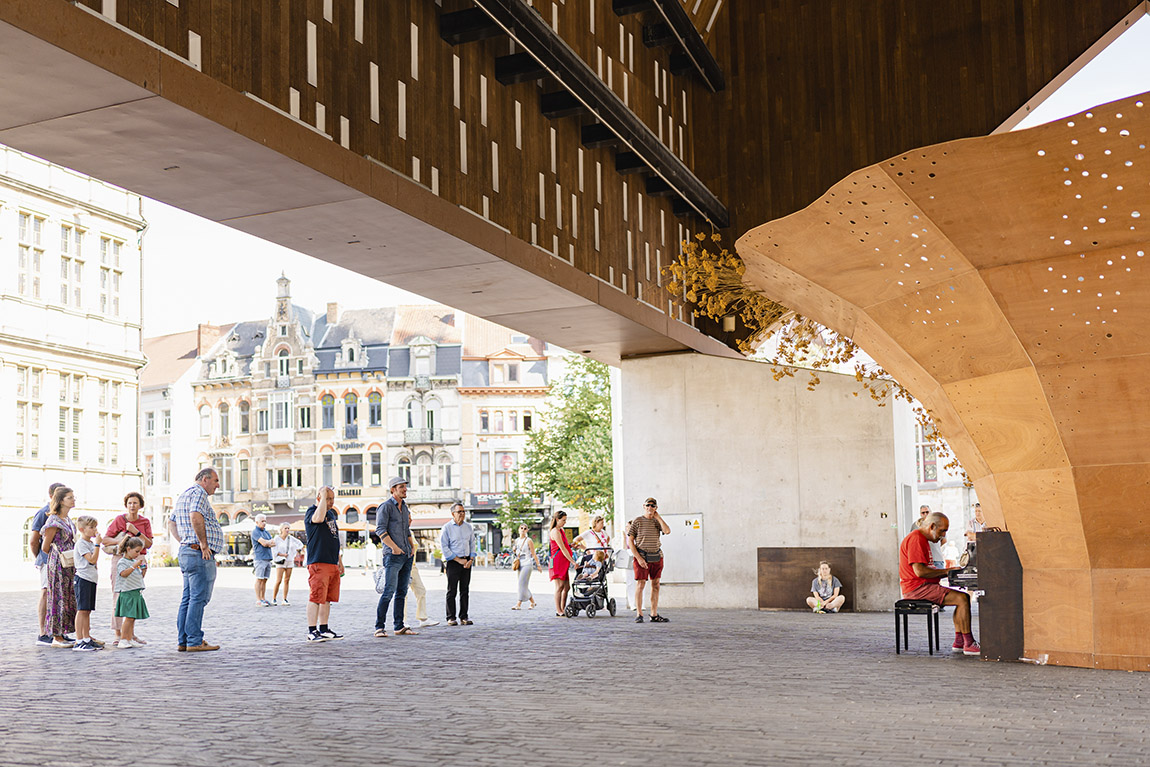
The Pavilion provides more than just shelter. Photo: Stad Gent – Dienst Toerisme
City update
The City Pavilion is meant to breathe new life into Emil Braun Square, named for the mayor who ordered the demolition of buildings in the area around the end of the 19th century. Before that, the city centre had been heavily built up with less open public space. From 1960 until 1997, the square was used as a parking lot. In 2000, the city launched an architectural competition for the square, which is how the City Pavilion came to be built.
Though the winning plan still causes consternation for some, it does show Ghent as a modern city that can grow and develop, rather than become a city that is little more than an open-air museum. By turning to modern, contemporary architecture to create a place that all of Ghent can use, the city remains vibrant and adaptable to changes. The City Pavilion was built with the surrounding architecture in mind and allows visitors to see these monuments from a new perspective. Today, it is considered by many to be a masterpiece of contemporary architecture. Someday, the pavilion may be old enough to be revered by all.
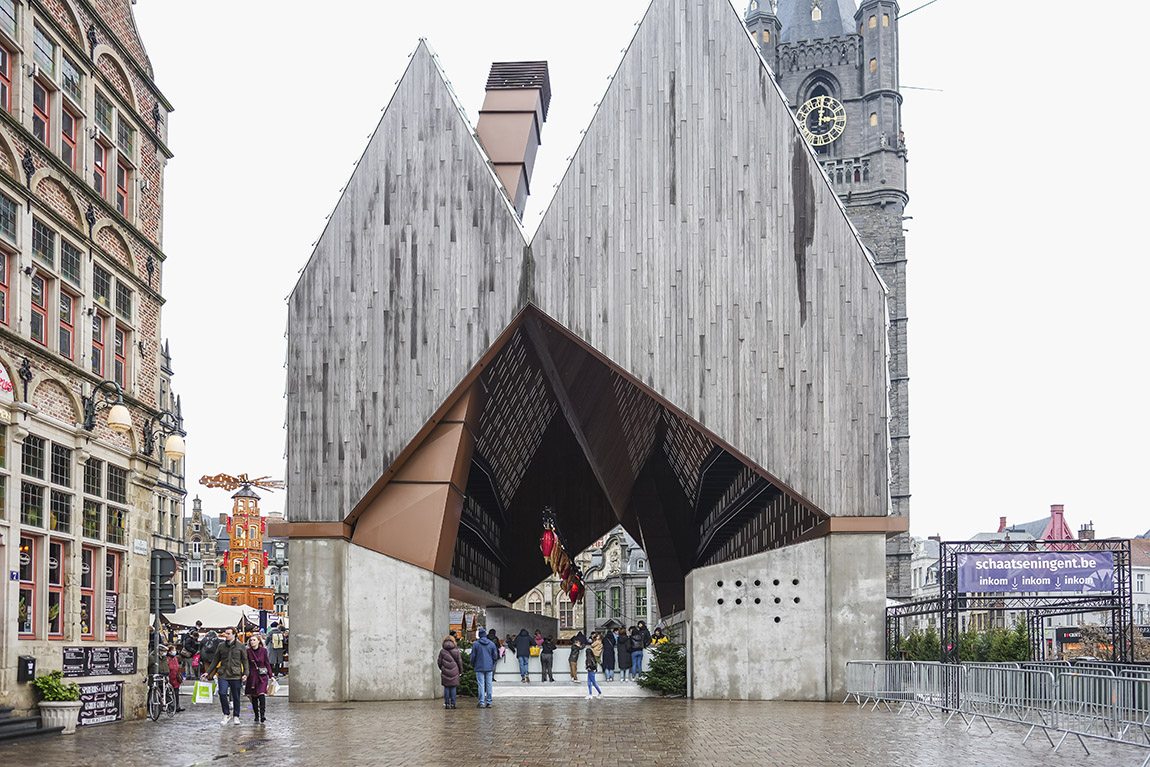
Photo: Stad Gent – Dienst Toerisme
Subscribe to Our Newsletter
Receive our monthly newsletter by email
